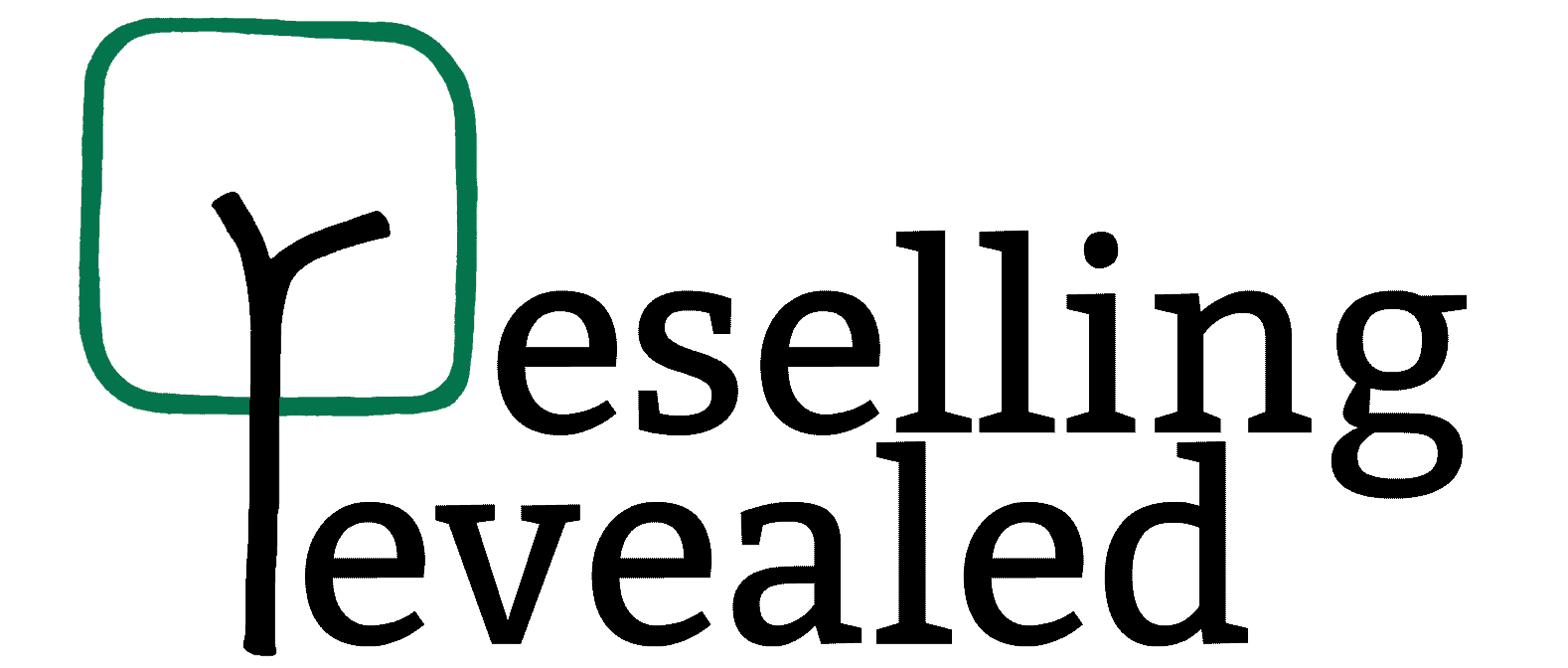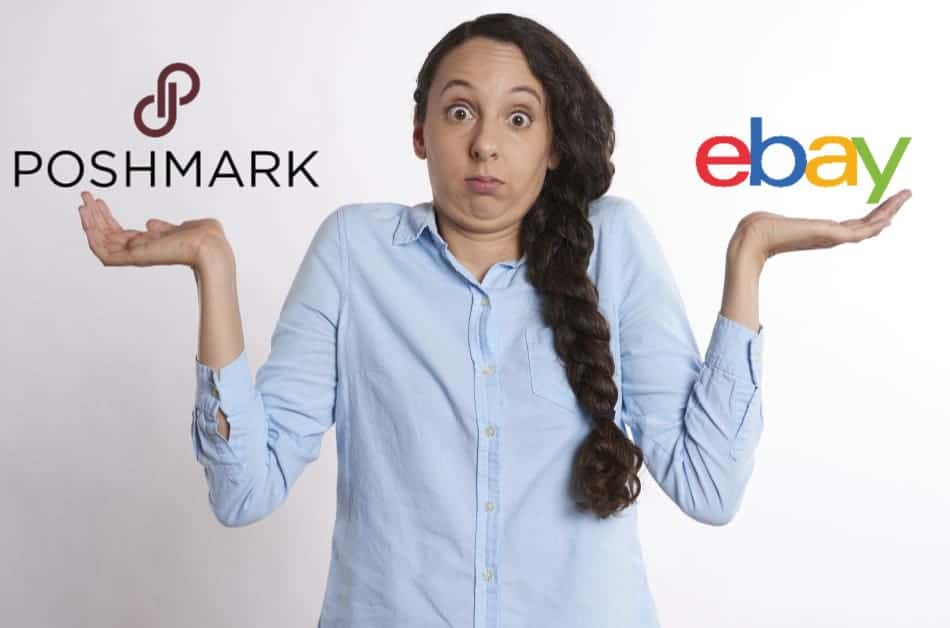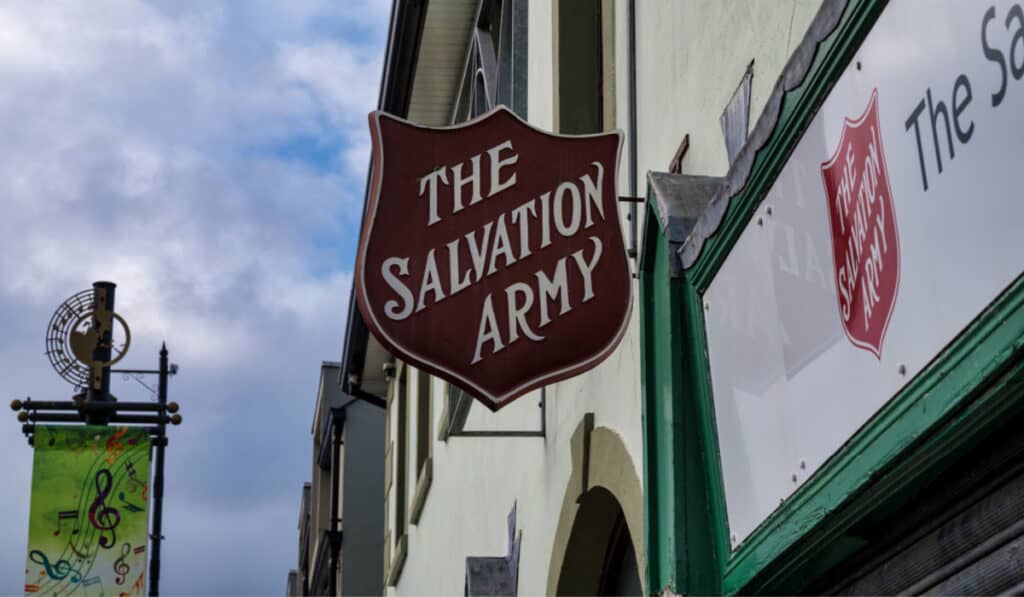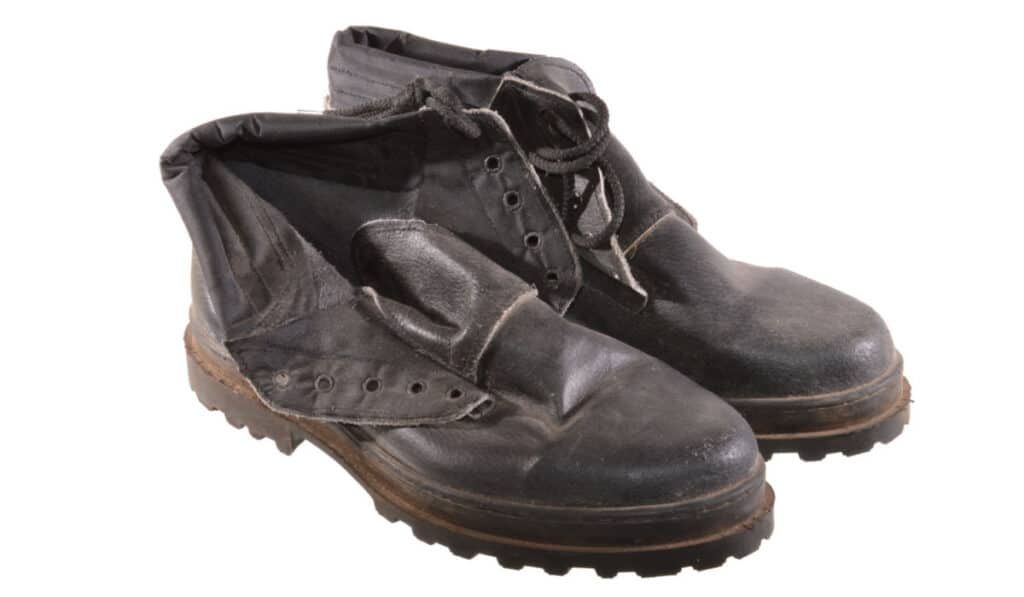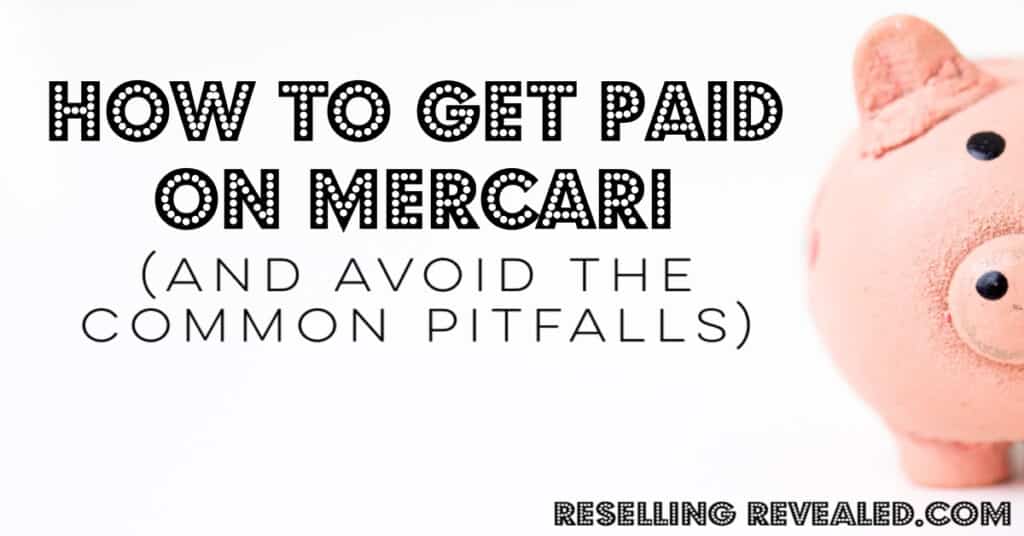As an Amazon Associate I earn from qualifying purchases.
If you’re a beginning reseller, choosing a platform to sell your goods on can seem like a daunting task. Choose wrong, and you’ll probably have no sales and be living on the street within a month.
Not really.
The reality is that every platform has advantages/disadvantages and there are sellers who do hundreds of thousands of dollars of sales on each one.
What it comes down to is, finding a platform that fits your personal style and the items that you source.
However, if you’re eager to get selling, here’s the cliff notes version:
eBay vs. Poshmark for Sellers
While your choice of platform is largely dependent on the types of items you sell, for most people, eBay is a better selling platform. Selling on eBay comes with a plethora of advantages:
- They have a much larger user base (167 million vs. 50 million)
- Lower Fees (around 13% vs. Poshmark’s 20%)
- You can sell a greater variety of items (Poshmark is limited to clothing and home goods)
- Selling on eBay is more passive as it does not require “sharing” your listings
In the end, if you want to sell on a single platform, eBay is the clear winner. However, there are some reasons why you (and many others) would choose Poshmark as their primary (or only) selling platform.
Let’s dive into them:
eBay vs. Poshmark – Number of Users
When it comes to the sheer number of users that could lay eyeballs on your listing, eBay is the clear winner. They have had up to 180 million users and some of the more in-demand items we have listed have received thousands of views per day. However, it’s not quite a landslide victory.
Because eBay has so many more categories and listings, all those extra eyeballs might have a hard time to find your listings. If you’re looking to sell clothing/accessories (and nothing but clothing/accessories) you will probably get more views on Poshmark vs. eBay because you have 50 million people who are after nothing but clothing. After all, the 10 million grandpa’s shopping on eBay for TV remotes and cuckoo clocks aren’t going to buy your Forever 21 dress anyway.
Approximately 10% of Poshmark users are also sellers (5 of the 50 million) while eBay’s number is closer to 15% (25 of the 167 million). This means that eBay is probably slightly more saturated (it has way more listings as well) and that if you sell clothing, you might be better off on Posh.
In the end, the number of users is kind of a wash. However, depending on the type of items you sell, eBay will probably be a better fit.
Winner: eBay, but just barely.
eBay vs. Poshmark – Selling Fees
No matter what platform you sell on you’ll hear people complaining about fees. The reality is, it has to cost money. The selling platform is providing the servers, the advertising, the infrastructure, the site/app, etc.
So, we know that they need some of your money, but who takes more?
eBay
Listing an item on eBay isn’t free. It typically costs between $0.05 and $0.30 (depending on your store). If you listing hundreds of items this can add up very quickly, especially since your item has to be relisted every 30 days.
When an eBay item sells you pay around 10% (it varies slightly by category and whether you have a store). On top of these eBay fees, you have to pay PayPal as well at 2.9% + $.30 per transaction
One major disadvantage of eBay fees is that they are simply charged to your account instead of being taken out of your earnings. This means that your fees accrue throughout the month until you are invoiced the next month. It is easy to let your fees get out of control as we have been socked with invoices for over $1,500 at the end of the month.
Total eBay Fees: around 13% (if you include PayPal’s fees)
Poshmark
Unlike eBay, it’s always free to list an item on Poshmark and you only pay when the item sells.
If your item sells, however, THEN YOU WILL LEARN THE MEANING OF PAIN!
If your item sells for under $15, Poshmark will automatically deduct a fee of $2.95. If your item sells for more than $15, Poshmark takes 20% of sale price.
While it does hurt that Poshmark takes 20% of the sale they do it at the time the money comes in so you are never invoiced. The money that hits your account is yours to keep. As an additional perk, this amount of fees gets you a free pre-paid label from Poshmark.
We spend between $2-3,000/month shipping our sold items so the extra fees you pay even out in the end.
Total Poshmark Fees: 20% (with free shipping though…)
eBay vs. Amazon Fees Winner: Tie
eBay vs. Poshmark – Shipping
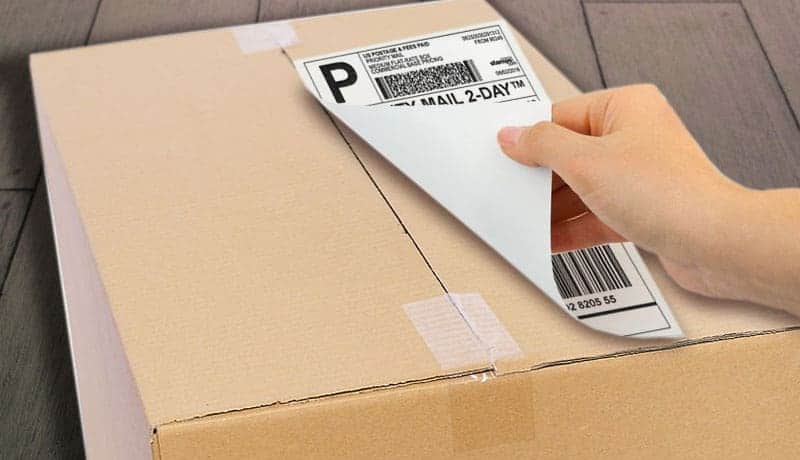
Shipping on either platform is quite simple to figure out. Shipping eBay orders from home is easy but you will need to use eBay or PayPal’s shipping pages to buy a label from USPS, UPS, or FedEx.
On Poshmark, on the other hand, shipping is simplified as they provide a pre-paid label for you. Since you chose the approximate weight when shipping you can access the label as soon as the person pays, print it off, and tape it to your package.
While shipping from either platform is easy to figure out, both of them are simplified, and made cheaper in the long run, if you get a shipping label printer. (Check out our printer review article here)
eBay vs. Poshmark shipping winner: Poshmark
eBay vs. Poshmark – Type of Items
The variety of item’s that you can sell on the platform is where eBay truly shines…and Poshmark falls flat on its face.
Let’s see a few examples:
Can I sell my iPhone on eBay? Yes. Can I sell it on Poshmark? No.
Can I sell sports gear on eBay? Yes. Can I sell it on Poshmark? No.
Can I see antiques on eBay? Yes. Can I sell them on Poshmark? Maybe if you pass them off as home decor…
Can I sell clothes on eBay? Yes. Can I sell clothes on Poshmark? Heck yes!
Poshmark is really a site for you to sell clothing, shoes, and accessories (hence why your store is called a “closet”). They have recently expanded slightly by allowing some select home goods but, at its heart, it’s nothing but a clothing exchange app.
Now, is that bad? Well, it depends. If you want to sell clothes and shoes and nothing else, Poshmark will work for you. However, if you do most of your sourcing from thrift stores, you’re leaving money behind if you only look at clothes. Hardgoods can be some of the most profitable items you can find.
eBay wins by such a wide margin here that, if you decide to go with Poshmark as your platform of choice, you’ll want to have an eBay or Mercari account as well for items outside of Poshmark’s wheelhouse.
eBay vs. Poshmark Categories Winner: eBay, by a landslide.
eBay vs. Pohsmark – Effort Involved/Simplicity
Nearly every selling platform uses simplicity as a marketing ploy. They know that the easy they can make it to get stuff listed, the more sellers they will have (especially the more full-time sellers who want to list dozens of items per day).
Both platforms have excellent apps and putting an item up for sale is as simple as snapping on a few pictures (on your phone is easiest), writing a quick description, choosing a category, and hitting “list”.
However, Poshmark has an additional step required to really get sales which can cause people to either hate or love the platform.
On Poshmark, you gain “followers” just like on social media. If they like the types of clothing you post they will follow your closet, meaning they will see your items show up in their feed. However, if you want your items to get lots of views, you need to be constantly sharing your own items and sharing other people’s items in the hopes that they’ll return the favor.
This additional step makes the selling experience on Poshmark feel much more like a social media experience and less like running a business. While this is probably my least favorite thing about Poshmark, some people love it! You’ll just have to decide what works for you.
eBay vs. Poshmark Ease of Use Winner: eBay
eBay vs. Poshmark – Getting Paid
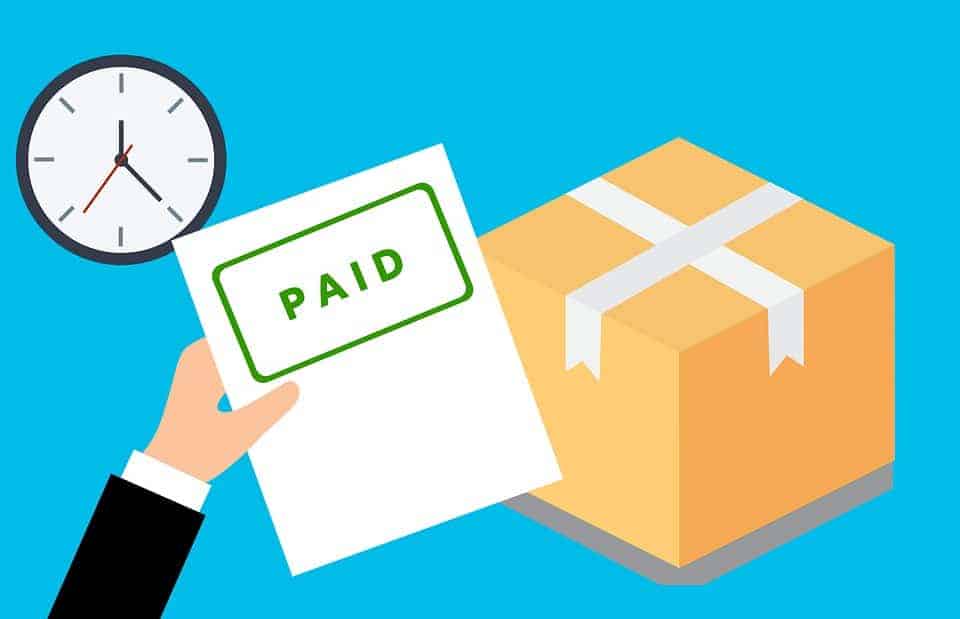
When it comes to getting paid for reselling, you want to get your money as fast as possible. That way you can either use it to pay bills, buy more inventory, or (in my case) load up on ice cream and corn dogs.
If you are going to be selling for any length of time and at any volume, eBay makes it much much easier to get paid (although this may change with their new managed payments system).
On Poshmark, your funds are held until the buyer receives and accepts the item. They have up to 3 days to mark it accepted after it is delivered to them so, as you’d expect, this can take up to a week for you to get paid. Once they do accept it your funds are released to your Poshmark account where you can cash them out.
While this method works well for protecting buyers from getting scammed, it is frustrating for sellers who have had an excellent track record and sell hundreds of items.
eBay (or PayPal rather) will start off by holding your funds when you are a new seller. They do this for the exact same reason as Poshmark, buyer protection. However, if you have excellent performance (meaning you provide the items you promise in the way that you promise) you’ll get the option for Funds Now which means that the money will be available as soon as someone pays.
Additionally, eBay will typically not hold funds if someone files a return, opens a case, etc. So, while they both start off fairly equally, eBay makes more sense for long-term sellers.
eBay vs. Poshmark Money Winner: eBay
Summary:
In the end, both platforms are solid options where you can make a lot of money. We do around 90% of our selling through eBay mainly because we sell lots of non-clothing items. If we ever decide to go with clothing only, it’s possible we’ll give Poshmark a real go as clothing items can often sell for a bit more there (if they’re trendy).
So, in the end:
Sell on eBay if you sell lots of non-clothing items, don’t like the idea of your selling platform feeling like social media, and need lots of traffic to sell your hard-to-find items or collectibles.
Sell on Poshmark if you are really only interested in selling shoes, clothing, and accessories, like a simplified shipping method, and don’t want to get socked with a giant fee invoice at the end of the month.
The Real Question – Why Not Sell On Both?
While the question of eBay vs. Poshmark is a good one, it might not be the best question you can ask. If you want to maximize your profits as a reseller, you should probably be selling on more than one platform.
Selling on more than one platform allows you access to an entirely new set of buyers that may be interested in what you have.
With the advent of new cross-posting software, you can quickly and easily list items on multiple platforms.
(read about our favorite cross-posting software that we used to double our sales overnight…)
While this does mean that you’ll need to be on top of your inventory so that you can end listing when they sell on other platforms, it will almost always increase your sales.
The only time I don’t recommend selling on multiple platforms is if you’re doing such a high volume of business that you have your hands full anyway and don’t need the additional sales or stress of listing things multiple times.
But if you were in that situation, you probably wouldn’t be reading this article.
So, in the end, it’s not so much a question of eBay vs. Poshmark but a question of how you can effectively use them both together (and if you should bring Mercari into the mix).
Whichever option you choose, your success will largely be determined by the quality of items that you sell and the work you put in. So may you find amazing things, and may you make amazing money. Happy sales!
